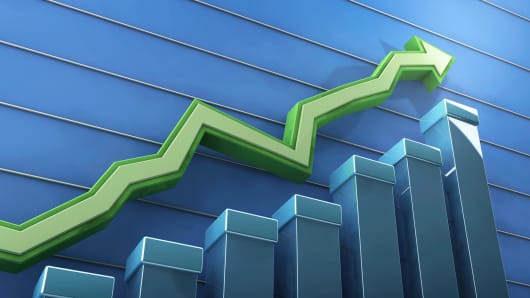Optimism seems to have returned as mysteriously as it had vanished. With no clear catalyst, riskier assets have enjoyed one of the fastest revivals since the collapse of Lehman in 2008. After a punishing summer, the main question for investors is whether this revival can last. With a few caveats, we believe it can.
Predicting shorter-term moves is harder in a market that has become detached from fundamentals. The MSCI All Country World index, the broadest gauge of global equities, has jumped 7 percent since sentiment suddenly improved on Sept. 29. The VIX measure of equity market volatility declined for 10 consecutive days, the most consistent fall since 2009 and only the third such stretch over the past decade.





